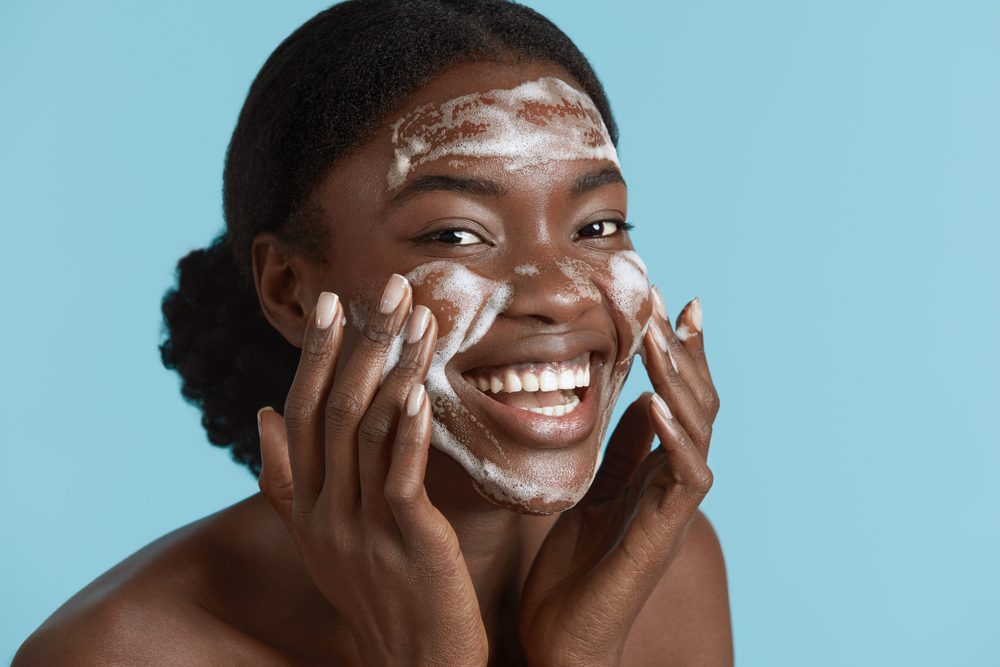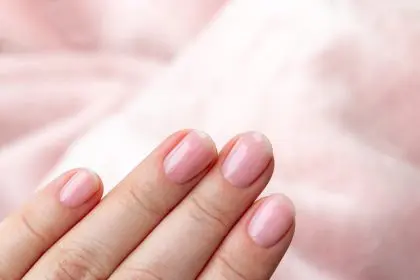The skincare world loves to complicate things that should be simple. Take cleansing, for example. What used to be a straightforward splash of water and soap has evolved into an elaborate ritual involving multiple products, specific techniques, and enough steps to make your head spin.
Double cleansing sits at the center of this complexity storm, touted as the secret to flawless skin by beauty influencers and skincare enthusiasts. But here’s the plot twist nobody talks about: you might not need it at all, and doing it wrong could actually make your skin worse.
What double cleansing actually means
Before we dive into whether you should jump on this bandwagon, let’s clarify what double cleansing actually involves. The method uses two different types of cleansers in sequence, typically an oil-based cleanser followed by a water-based one.
The theory sounds logical enough. The first cleanser, usually an oil or balm, dissolves makeup, sunscreen, and sebum. The second cleanser, typically a foam or gel, removes any remaining impurities and the residue from the first cleanser. It’s like using a pre-wash cycle on your washing machine before the main event.
This approach originated in Korean skincare routines, where thorough cleansing is considered the foundation of healthy skin. The method gained popularity worldwide as K-beauty trends exploded across social media platforms.
When your skin actually needs the extra help
Not everyone needs to double cleanse, despite what your favorite beauty guru might claim. Your skin type, lifestyle, and the products you use during the day determine whether this extra step makes sense for your routine.
Heavy makeup wearers often benefit from double cleansing because regular face wash struggles to remove long-wearing foundations, waterproof mascara, and multiple layers of products. If you find yourself scrubbing your face trying to get makeup off, an oil cleanser can dissolve these stubborn formulations more gently.
People who use mineral sunscreen daily might also find double cleansing helpful. Zinc oxide and titanium dioxide can be particularly stubborn to remove with regular cleansers alone. An oil-based first step helps break down these protective barriers without aggressive rubbing.
Those living in heavily polluted areas or working in environments with lots of dirt and grime may benefit from the thorough cleansing that this method provides. Think of it as giving your skin a deeper clean when it encounters more than the average amount of environmental stressors.
Signs you’re overdoing the cleansing game
Here’s where things get tricky. More cleansing isn’t always better, and your skin will let you know when you’ve crossed the line from helpful to harmful. If your face feels tight, looks red, or starts producing more oil than usual, you might be stripping away too much of your natural protective barrier.
Dry or sensitive skin types should approach double cleansing with caution. These skin types often have compromised barriers that need gentle care rather than intensive cleansing rituals. Over-cleansing can lead to increased sensitivity, flakiness, and that uncomfortable tight feeling that makes you want to slather on moisturizer immediately.
If you’re not wearing makeup or sunscreen on a particular day, double cleansing becomes unnecessary. Your skin produces natural oils for protection, and removing them completely can trigger your sebaceous glands to overcompensate by producing even more oil.
Choosing your cleansing dream team
The success of double cleansing depends heavily on picking the right products for your skin type and concerns. The first cleanser should effectively remove makeup and sunscreen without being too harsh or leaving a heavy residue.
Oil cleansers work well for most people, but those with acne-prone skin might prefer micellar water or a gentle cleansing balm. The key is finding something that dissolves makeup easily without clogging pores or causing breakouts.
Your second cleanser should complement the first without overdoing things. A gentle, pH-balanced cleanser works best here. Avoid anything too stripping or filled with harsh sulfates that might irritate skin that’s already been cleansed once.
People with oily skin might be tempted to use strong, drying cleansers, but this approach often backfires. Your skin needs some natural oils to function properly, and removing everything can trigger increased oil production.
The right way to double cleanse
Technique matters just as much as product selection when it comes to double cleansing. Start with dry hands and a dry face, applying your oil cleanser gently with circular motions. Take your time here, rushing defeats the purpose of thorough cleansing.
Add a small amount of warm water to emulsify the oil cleanser, turning it milky white. This step helps the product rinse away cleanly instead of leaving an oily film on your skin. Rinse thoroughly with lukewarm water, never hot water that can irritate and dry out your skin.
Follow immediately with your second cleanser, using gentle motions again. You don’t need to scrub, let the products do the work. Rinse thoroughly and pat your face dry with a clean towel.
The entire process should feel soothing and gentle, not like you’re trying to scrub paint off a wall. If your skin feels raw or irritated afterward, you’re being too aggressive or using products that don’t suit your skin type.
When to skip the double act entirely
Sometimes the best skincare decision is knowing when to step back and simplify. If you have severely compromised skin, are dealing with active eczema or dermatitis, or using prescription treatments that make your skin more sensitive, double cleansing might be too much.
Mornings typically don’t require double cleansing since you’re only removing overnight skincare products and natural oils. A single, gentle cleanser usually suffices to prepare your skin for the day ahead.
During times when your skin is stressed, whether from illness, hormonal changes, or environmental factors, scaling back your routine often helps more than adding extra steps. Your skin barrier needs time to repair itself without constant intervention.
Building a routine that actually works
The most effective skincare routine is one you’ll actually follow consistently. If double cleansing feels like too much work or causes skin irritation, it’s not the right choice for you, regardless of how many people rave about it online.
Pay attention to how your skin responds rather than blindly following trends. Some people thrive with minimal cleansing, while others benefit from more thorough routines. Your skin’s needs can also change with seasons, age, or lifestyle factors.
Remember that cleansing is just the foundation of good skincare, not the entire building. Focus on gentle, consistent care that supports your skin barrier rather than stripping it away. Sometimes the most revolutionary thing you can do for your skin is to leave it alone and let it do what it does best naturally.
The goal isn’t perfect skin that looks like a filtered photo. It’s healthy, comfortable skin that functions well and makes you feel confident in your own face.

















